|
By: Angela Prentner Smith As a dyspraxic individual who believes she could have been diagnosed on the autism spectrum as a child, I've navigated the intricate landscape of entrepreneurship with a unique lens.
My journey, much like that of many neurodiverse founders, has been marked by discrimination, triumphs, setbacks, and the constant quest for understanding and acceptance. Recent research from The Entrepreneurs Network, which polled 500 neurodiverse entrepreneurs from across the UK, shed light on the pervasive discrimination neurodiverse founders face in the business realm. It's a stark reality: only 4% of us say we never experience discrimination due to our neurodiversity. This is a profound testament to the barriers we encounter, simply because our brains function differently.
0 Comments
By Angela Prentner-Smith As millions tuned in to watch the 96th Academy Awards, what should have been an evening of entertainment was overshadowed by uncomfortable and cringe-worthy moments. From John Cena’s naked antics (too much!) to Emma Stone’s dress mishap (awkward) and the bizarre timing of musical performances, the event left much to be desired. Let’s delve into the reasons behind this discomfort and explore the broader issue of psychological safety at awards ceremonies, drawing from examples from this year’s Oscars.
By Heather Suttie During Neurodiversity Celebration Week, we have the chance to spotlight the multitude of positive dimensions surrounding neurodiversity and inclusivity.
One entrepreneur at the forefront of this movement is Angela Prentner-Smith, the innovative founder and Managing Director of This is Milk. She is also the driving force behind Neve Learning, a ground-breaking platform advocating for a neurodiversity-first approach to training and education. By: Heather Suttie Business success hinges not just on profit, the prowess of technology or the brilliance of strategy, but on the collective potential of teams. Central to unlocking this potential is a concept that is gaining traction yet remains widely misunderstood: psychological safety. As the founder and managing director of This is Milk, a Glasgow-based tech agency pioneering psychological safety indexing in Scotland and with global clients, Angela Prentner Smith said, “I’ve witnessed first-hand the transformative power this concept holds when harnessed effectively within organisations. Yet, I’ve also observed the detrimental impact of its misinterpretation and underutilisation on team performance and business outcomes”. Psychological safety, at its core, embodies a workplace philosophy where employees feel empowered to voice concerns, challenge norms, and take risks without fear of reprisal. It’s not merely about being kind or fostering a culture of positivity; rather, it’s about embracing discomfort and fostering candid honesty in pursuit of excellence. By Rachel Branson As the Managing Director of This is Milk and the founder of Neve Learning, my mission revolves around promoting psychological safety and inclusivity within the workplace. My personal journey as a neurodivergent individual, with an adult identification of dyspraxia and a childhood that aligns with what would now be considered on the autism spectrum, fuels this dedication to creating a better world not just for myself, but for my clients, colleagues, and family.
As 2023 wraps up, we're taking a moment to look back on a year full of unexpected challenges, team changes, and shifts in client dynamics. Yet, in the face of these hurdles, we rallied, worked tirelessly, and went the extra mile. Now, it's time to look back on all that we have achieved over the year as well as give a sneak peek of what's to come in 2024. By: Jodie Cook
ChatGPT can make a huge difference to your business’s operations, workflows, and overall productivity. With the right prompts, the large language model can write your emails, supercharge your recruitment, and even give you more confidence as a business owner. But there’s a flipside. It can also harm your customer experience and even alienate potential users of your products and services. And no one wants that. Angela Prentner-Smith is managing director of tech agency This is Milk and has been working in digital and customer experience for over 15 years. She has worked with clients such as Barclays, NatWest, and Scottish Government, instilling a customer-centric culture and method into their processes. Prentner-Smith studied human-centered design at as part of a masters in Design Innovation at Glasgow School of Art, and now trains and mentors other leaders and professionals in creating exceptional experiences for customers and prospects. By: Morgane Tanguy
In the spirit of National Inclusion Week, we as UX designers play a vital role in making our designs, processes, and workplaces more inclusive. While discussions around inclusivity often revolve around design principles and company culture, one key aspect that deserves more attention is how we communicate and collaborate with people. Inclusive Communication with Users and Customers When we talk about inclusion, it’s crucial to remember that our users and customers are, above all, humans. Depending on the products and services we work on, some individuals may face challenges in expressing themselves, feeling comfortable or being confident during research activities. Here’s a simple but key principle to follow: Give them the time and space they need. Read More Neurodiversity acknowledges that people experience and interact with the world in diverse ways. There is no single “right” way of thinking, learning, or behaving, and differences are not viewed as deficits. This understanding is crucial for fostering inclusivity within organisations. The umbrella term generally includes those who identify with dyslexia, dyspraxia, autism, and ADHD. Although some widen the term to include conditions such as Borderline Personality Disorder, Schizophrenia and wider.
While awareness of neurodiversity is increasing, are businesses taking sufficient action to ensure that this often-overlooked group is not being left behind? Depending on the definition and which statistics you look at, 15 per cent to 40 per cent of the population in the UK is considered to be ‘neurodivergent’. Yet, despite this significant portion of the population, the unemployment rate among neurodivergent individuals remains alarmingly high. As an example, according to the Office for National Statistics, only 29 per cent of unemployed autistic people who are eager to work are currently employed. This disparity highlights the urgent need for businesses to prioritise neurodiversity and create inclusive environments where all individuals have equal opportunities to thrive. This is a potential loss of creative thinking, and talent. An interview with Angela Prentner-Smith Dyspraxia is a condition that affects around 10% of the British population, yet it’s still generally misunderstood. To mark Dyspraxia Week, we asked our founder and MD Angela Prentner-Smith a few questions about Dyspraxia, her diagnosis, and how it affects her life and work.
When did you first notice you had Dyspraxic traits? As a child, I was labelled as clumsy. I was the kid that cried in gym class because I found it so hard. My nan used to say I was covered in bruises. Dyspraxia affects your gross motor skills, and your fine motor skills. Gross motor skills are things like running or playing ball. Fine motor skills are things like handwriting. So along with my general clumsiness, I also found handwriting incredibly difficult. Although I could read before I started school, my handwriting was about two years behind everybody else's. My handwriting is still not good. However, during my school years, nothing was picked up. I don’t think Dyspraxia was even a consideration when I was at school. Even now, how many parents would recognise Dyspraxia in their children? Raising awareness about the condition is a priority. In today’s fast-paced, hyper connected and ever-changing business landscape, staying ahead of the competition is a challenge. That’s where Agile Project Management comes in as a game-changer for businesses that aim to thrive, adapt quickly to changes, and deliver outstanding products efficiently. If you’ve ever considered adopting Agile practices for your team but felt overwhelmed by the process, fear not say This is Milk, Agile coaching is your beacon of guidance to success.
This is Milk’s Chief Technical Officer, Piotr Zieliński shares more in this article. By Heather Suttie
We live in a world where diversity is celebrated, and inclusivity is a driving force behind positive change. When talking about diversity, equity and inclusion, the main groups that many employers look at are gender, race, sexual orientation, and disability. However, one aspect of diversity that often goes unnoticed is neurodiversity. Neurodiversity encompasses a range of cognitive differences, such as autism, dyslexia, and ADHD, among others. It affects approximately 15-20% of the population, including individuals from all walks of life. It’s time to shine a light on neurodiversity and explore the benefits of creating a neuro-inclusive workplace. Angela Prentner-Smith is the founder and MD of This is Milk and the woman behind the neurodiversity ed-tech platform Neve Learning. She shares her personal insights on embracing diversity and unlocking potential. By Heather Suttie
When Chancellor Jeremy Hunt suggested a default return to the office to encourage water cooler moments and foster creativity, he failed to acknowledge the challenges faced by neurodivergent employees in the traditional office environment. For many, the office can be the least productive place, where social signals and hidden context can be overwhelming. Instead, remote or hybrid working is what allows neurodivergent talent to thrive and actively contribute to the workplace. To understand the role of the environment, let’s consider a useful analogy. A cactus thrives and blooms in the desert but may struggle to survive in a different climate. We wouldn’t consider the cactus broken or in need of fixing; we would recognise that the environment wasn’t suitable for it to reach its potential. Similarly, neurodivergent individuals require adaptations to their work environment to thrive. Flexible working, accelerated by the pandemic, has shown that productivity doesn’t solely rely on physical presence. Online platforms have facilitated team building and idea generation, allowing neurodivergent employees to contribute effectively to meetings. The chancellor’s remarks perpetuate the myth that productivity is tied to physical presence and overlook the need for workplace accommodations for neurodivergent individuals. Presenteeism, the act of showing up physically without being engaged or passionate about the work, leads to demotivation, inefficiency, and disengagement. It results in missed deadlines, poorer quality work, more mistakes, and decreased attention to detail. By Newsdesk
THIS is Milk, the award-winning tech company successfully hosted their highly anticipated Milk Bar event last month. The event, held at Impact Arts in Glasgow city centre, centred around the theme of psychological safety in the workplace. This free event, open to all, aimed to provide attendees with valuable insights on fostering a psychologically safe environment where authenticity and inclusion thrive. Notably, the event raised £320 in support of the ADHD Foundation Neurodiversity Charity. Psychological safety is a crucial element in cultivating a productive and inclusive workplace. It refers to the sense of safety employees experience when taking risks and sharing their ideas without fear of negative consequences. By prioritising psychological safety, organisations can surpass the mere goal of diversity and actively foster a culture where all individuals can flourish. By Heather Suttie
Since the 2020 pandemic, Mynd Up state’s poor mental health has been on the rise. It’s now suggested that over 1 in 4 people will experience a mental health disorder each year in the UK. But, while so many suffer, funding and mental health services are still limited, with long wait times and limited treatment options. The stigma around many mental health conditions remains and many can’t get the help they need. Anxiety is the most common mental illness, affecting 40 million adults (19.1% of the population). Award-winning tech company This is Milk is committed to improving mental health in the workplace and the Glasgow-based business is running a series of the two-day Public Health Scotland accredited training course, Scottish Mental Health First Aid. Sparking Change through Volunteer Work: The Inspiring Contribution from Staff of This is Milk.6/6/2023 In our fast-paced lives, it's easy to get caught up in our own responsibilities and overlook the immense value of giving back to our communities. However, for two remarkable individuals in our organisation, volunteering has become a life-changing experience. Meet Piotr Zieliński, our Chief Technical Officer, and Leanne, our Communications and Communities Manager. They embody the true spirit of selflessness and dedication, and their volunteer work during National Volunteer Week serves as an inspiration for us all.
Piotr's Impactful Contributions: While Leanne's journey demonstrates the transformative power of volunteering on a personal level, Piotr Zieliński, our Chief Technical Officer, showcases the impact one individual can have on charitable organisations through their expertise and dedication. Piotr goes beyond his professional responsibilities, actively engaging with charitable organisations to support their digital transformation efforts. One such organisation is Wellspring Scotland, where he plays a vital role in enhancing mental health initiatives through digital means. Piotr's commitment and technical skills have contributed significantly to advancing the organisation's mission and making a lasting impact on mental health support. Moreover, Piotr serves as a digital trustee and treasurer for Learning Link Scotland, where his expertise in budgeting and digital transformation has proven invaluable. His innovative approaches to procurement ensure the efficient allocation of resources, allowing the organisation to provide laptops to those in need while minimising costs. 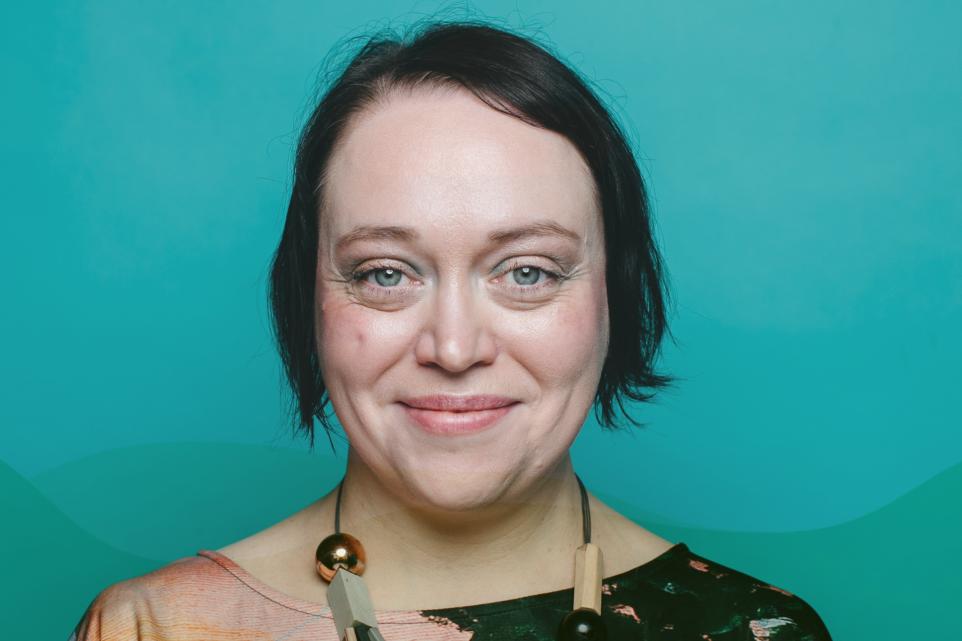 By: Heather Suttie
Creating Psychological Safety: Building stronger workplaces for thriving individuals In the modern workplace, success goes beyond mere financial gains. It’s about fostering an environment where employees can thrive, innovate, and reach their full potential. One key element that paves the way for such a workplace is psychological safety. This concept, often overlooked but crucial, can transform organisations and propel them towards greater heights. Let’s explore what psychological safety is, why it’s important, and why workplaces should invest in cultivating it. By Lauren Toal
I have been living with epilepsy for the past twenty years and have been lucky enough to be seizure free for the past eleven. Currently, I work within an organisation which openly supports colleagues with disabilities, although I have had some very different experiences in the past. Previously, I’ve worked in other organisations that haven’t been supportive of my epilepsy, to the point where I was sacked by an employer after having a seizure. There was also a massive lack of awareness and understanding of what epilepsy is and how it impacts people. I’ve been asked before if people can catch epilepsy! It’s a hidden disability and there’s a lot to do in terms of understanding in how they can support someone with this neurological condition. Being able to work in a hybrid environment is crucial for someone who has epilepsy. When you have a seizure, it severely impacts you physically, mentally and emotionally so having the ability to recover and work from home is really beneficial. It’s also important for employers to take into account seizures when it comes to absences. By Angela Prentner-Smith
PSYCHOLOGICAL safety is an important concept in the workplace. It refers to an individual's perception of the consequences of taking an interpersonal risk or a belief that a team is safe for risk-taking in the face of being seen as ignorant, incompetent, negative, or disruptive. The benefits of this are a higher-performing workplace, better placed to innovate, reduce risks, produce better work, and make less errors. At consultancy, training and technology business This is Milk we actively practise what we’re learning as our company culture evolves and we’ve found effective ways of ensuring a psychologically safe space so that our high-functioning teams are the best versions of themselves. The first step is communication. Explain the concept and the reasons why psychological safety is important. Aim to make psychological safety a part of your company’s DNA and lead by example. Be clear in the message, that psychological safety isn’t about creating a "nice" place to work, it requires vulnerable communication, candid professional debate, and a high degree of tolerance for difference.
Angela left her birthplace in Calgary, Canada at 15. After completing her A levels at the City of Sunderland College she moved to Glasgow to study History of Art at the University of Glasgow where she achieved a First-Class Honours degree. Angela split her time at university between her studies and work at the Student Loans Company and subsequently worked with Scottish Power, Tesco Bank, Clydesdale Bank and Barclays before venturing into entrepreneurship.
Since launching her business, This Is Milk, a consultancy, training and technology business, Angela and her team have built a reputation as innovators, creating a strong brand, and forging a unique place in the Scottish market. By Joe Triccas Product Manager at This is Milk
Self-sovereign data ownership may sound like a complicated concept, but it’s quite straightforward. Let’s consider a scenario: you’re on a weekend trip, and you suddenly fall ill. You make an appointment with a doctor, but they can’t access your medical records because they are owned by the NHS and not directly accessible across trusts. This means they are flying blind, hoping that you remember all your allergies and medical history accurately. (The NHS has taken great steps to improve this, alas the issue continues internationally) In the current data ownership model, you can request your medical records from the NHS, but they are redacted and not entirely under your control. Doctors often trust the data more than what you say, which can create issues in medical treatment, especially for us in the above scenario. However, imagine a world where you own your medical records. They are stored securely on your phone, protected by biometrics like your face scan or fingerprint. If you travel and fall ill, you can grant temporary access to your medical records to the doctor, who can access what they need. You get to see what information they access, and everyone is happy. By Angela Prentner-Smith
Psychological safety, the ‘enabler’ of a healthy and prosperous workplace, is being embraced fully by Glasgow-based business founder and Managing Director, Angela Prentner-Smith of This is Milk. The agency has launched a Psychological Safety Indexing service to clients. What is psychological safety? First explored by scholars in the 1960s, psychological safety is re-emerging as a hot topic and the language we use and how we use it is also something businesses should be mindful of. Psychological safety is the belief that you won’t be punished or humiliated for speaking up with ideas, questions, concerns, or mistakes. This means an absence of interpersonal fear. When psychological safety is present, people can speak up with work-relevant content. Are we unknowingly being passive-aggressive? One major consideration with psychological safety is the language we use. Whether unintended or not, passive-aggressive language can contribute negatively to workplace culture and erode psychological safety within a team. By Eleanor Pringle & Orianna Rosa Royle
It's easy to look at the bosses of some of the world's biggest brands and think they live and breathe their jobs. But that obsessive focus comes with a cost: a loss of the work/life balance so many career advisors tout as a necessity. And the higher employees climb the corporate ladder, the more vital the need can be to switch off. That's why many c-suite executives are now turning to an 'opposite world'. Nick Petrie, a New Zealand-based leadership researcher, defines the concept of the opposite world as "an activity or hobby which puts them into a state which is the direct opposite of the mindset they have at work (and recharges them)." So what exactly are the globe's CEOs doing to blow off steam? By: Morgane Tanguy, UX Designer and Joe Triccas, Product Manager at This is Milk The Larder The Larder is a charity that helps people who are neurodiverse and/or come from a disadvantaged background to learn skills required to get a job in the hospitality sector – from preparation for an interview to making coffee. Students learn through practice and are exposed to real-life experiences through placements. Their courses are personalised and tailored to fit the students' needs. The Larder fights to address poverty and hunger issues – for example feeding students. The Larder partners with 80 businesses across the UK and aims to have 50 businesses in Midlothian alone. We spent 2 hours with them to understand their training experiences and approaches with neurodivergent and disadvantaged people to improve the trainers' experiences on our product ‘Neve’.
By: Morgane Tanguy, UX Designer at This is Milk Once a year, BIMA (British Interactive Media Association) organises the ‘Digital Day’. A day where professionals working in digital and technology go back to school, to spend a day with pupils in a school they’ve been matched with.
This year, one of my colleagues and I went to a school. It was the first time I was going back to school, since I left. We started the day by talking about the digital industry, presented how to respond to a brief and put the pupils in the shoes of people working in a creative agency. The problem they had to solve was the following: “How can digital play a part in improving these experiences, tools, and services to educate customers on sustainability, and make fashion kinder to our planet for you, and for future generations?” for the company Primark. |
Archives.
March 2024
Categories.
All
|

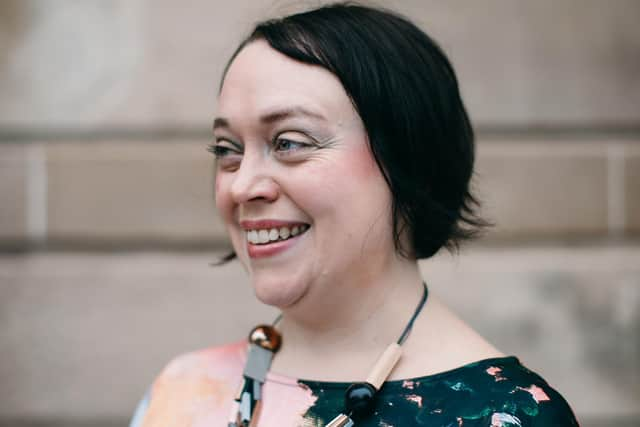
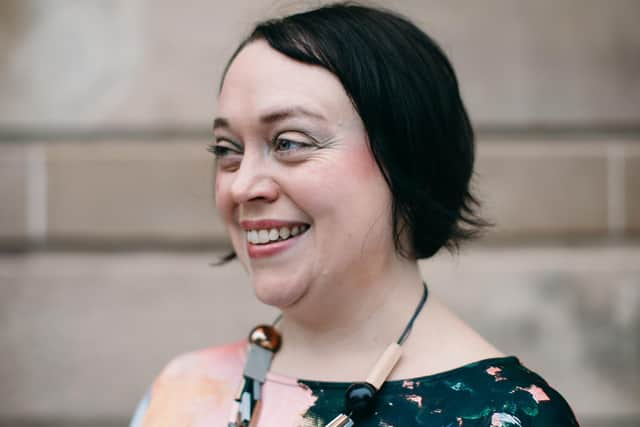
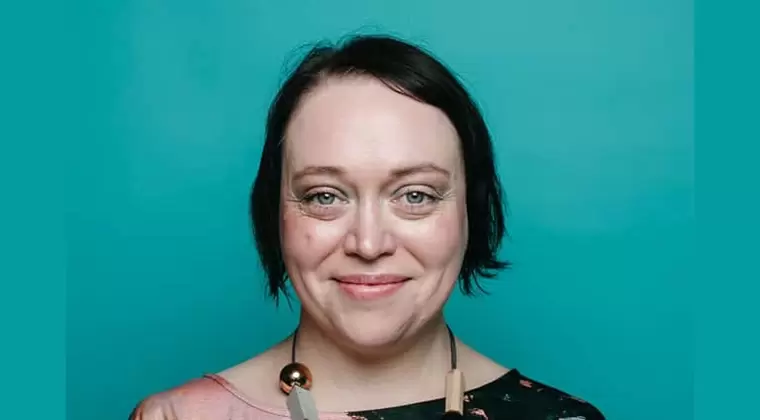
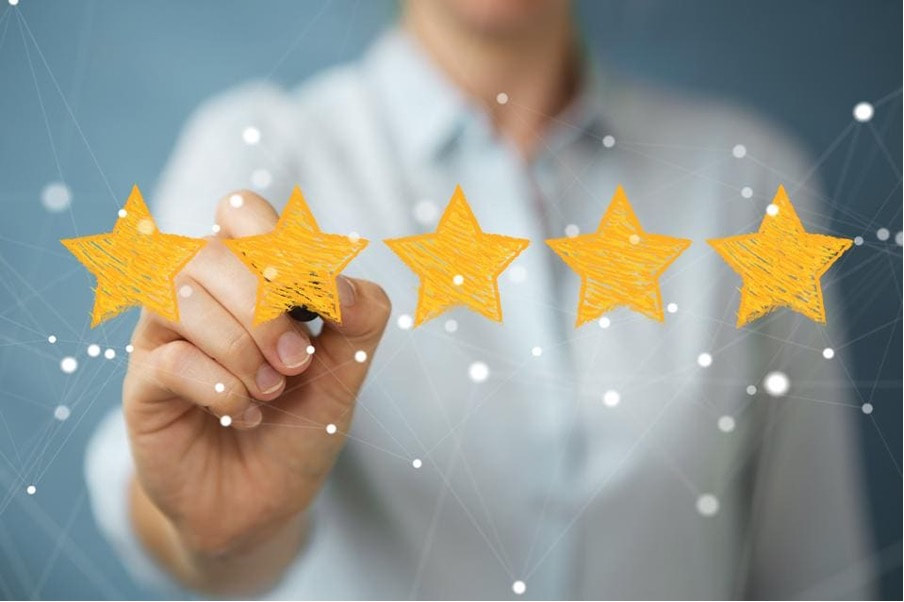



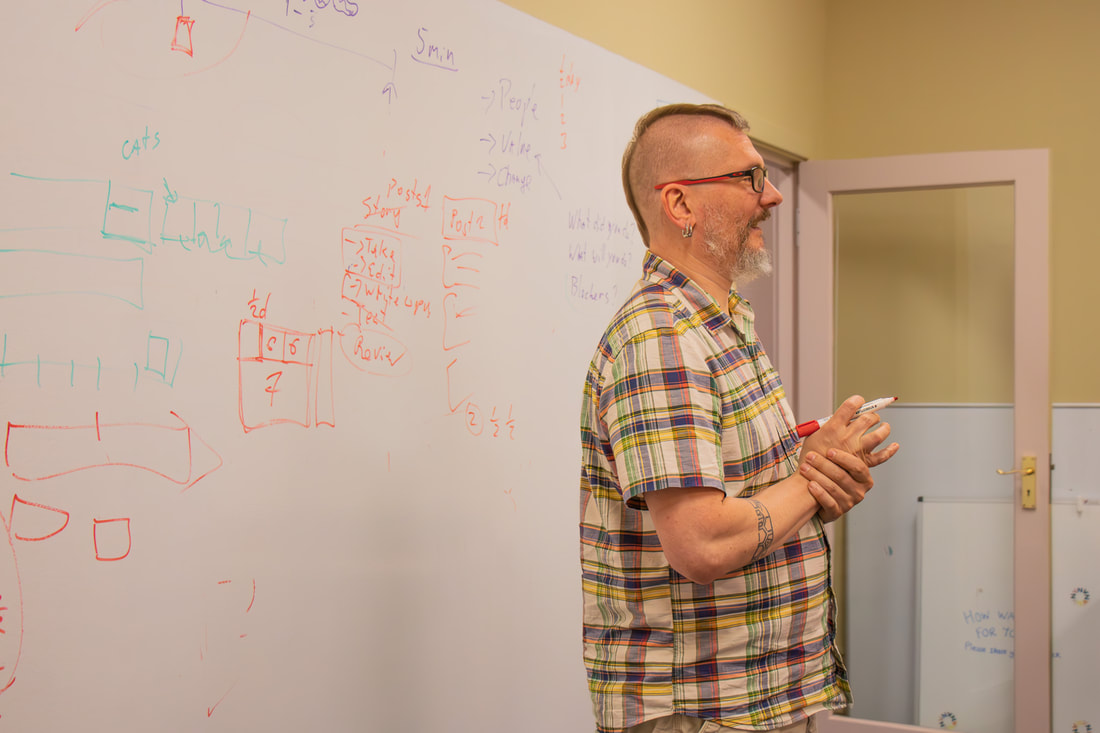

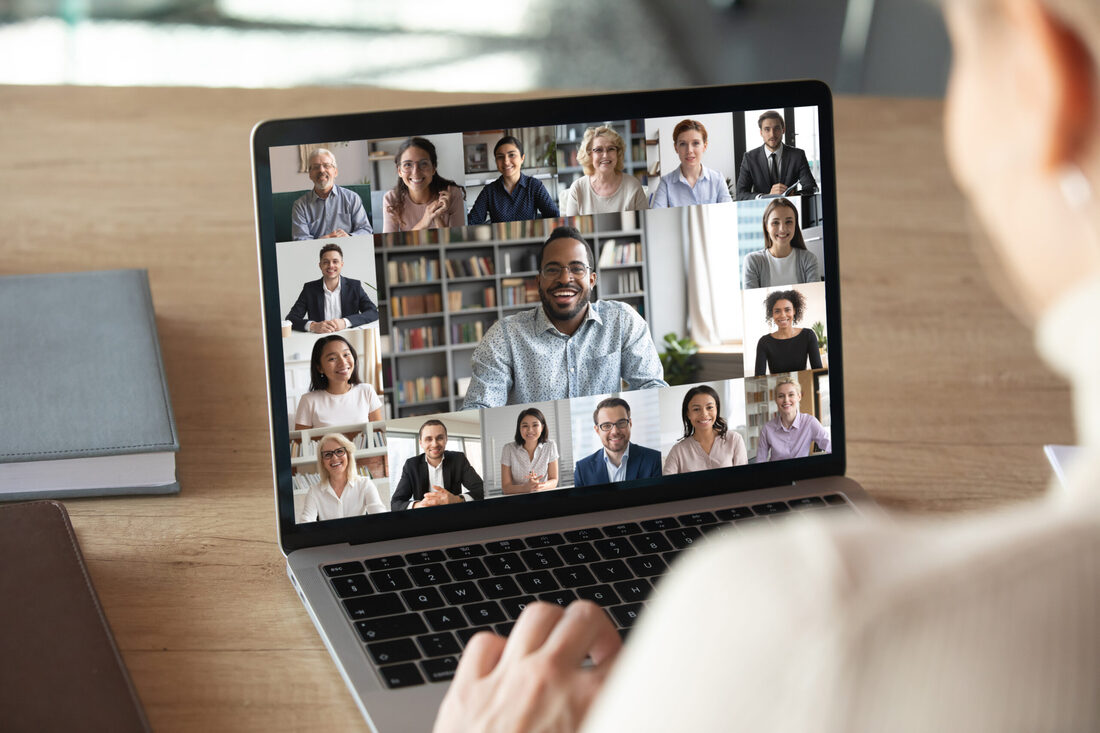
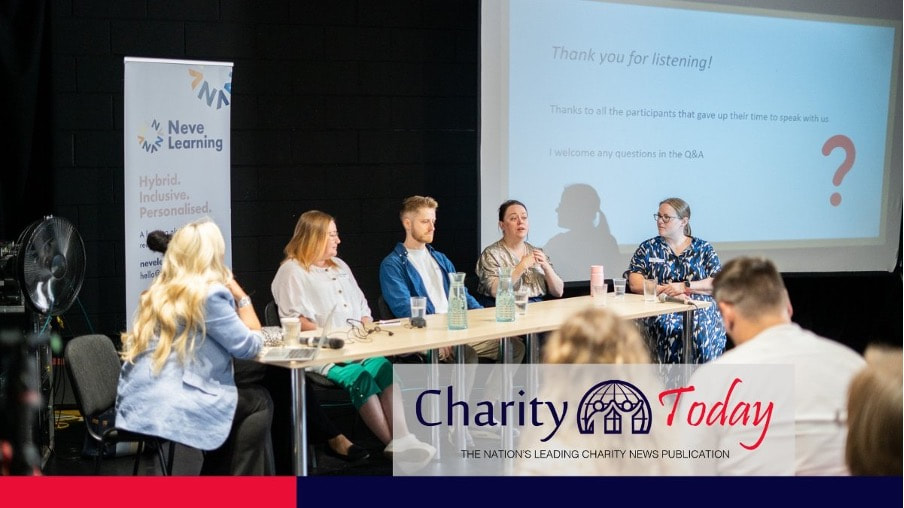
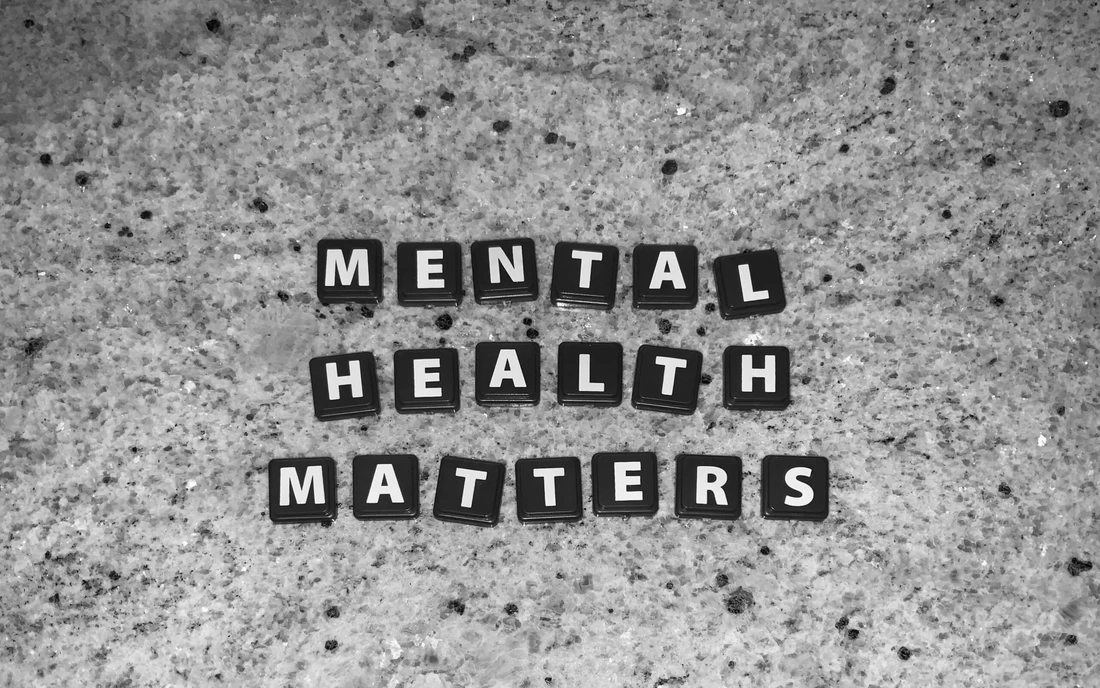
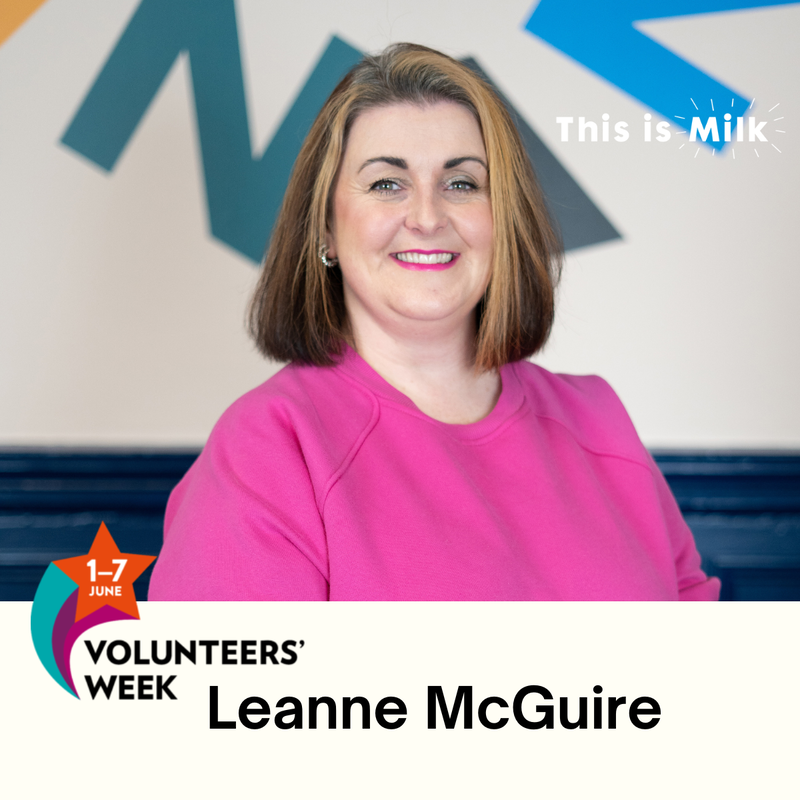

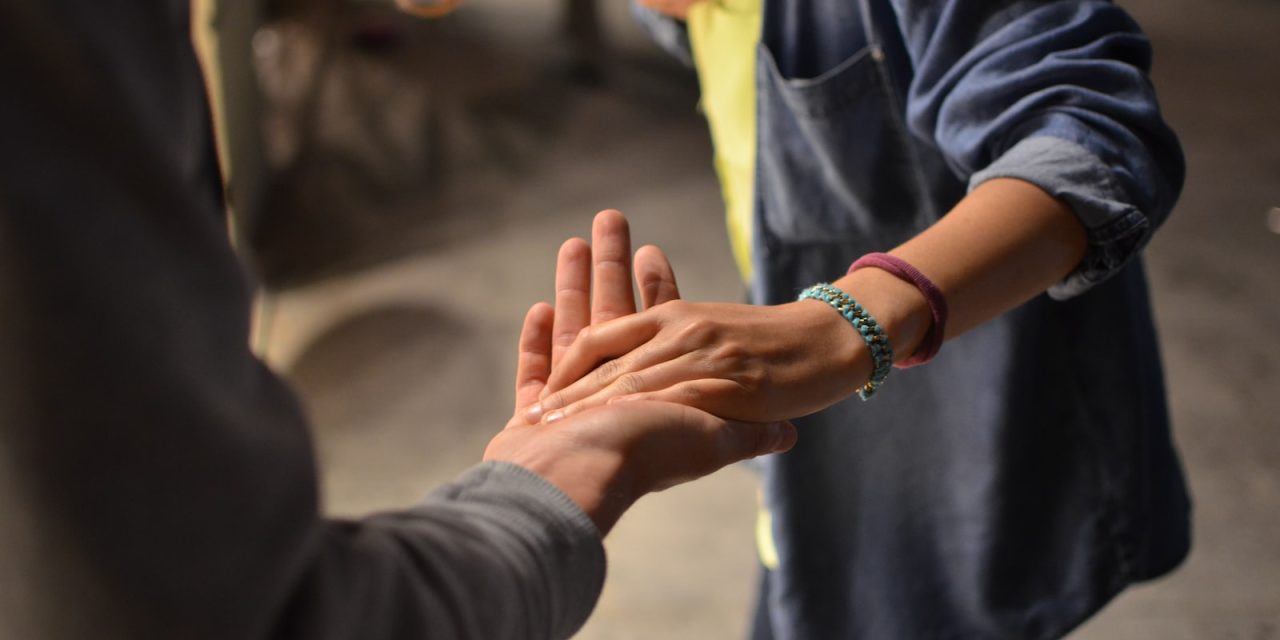

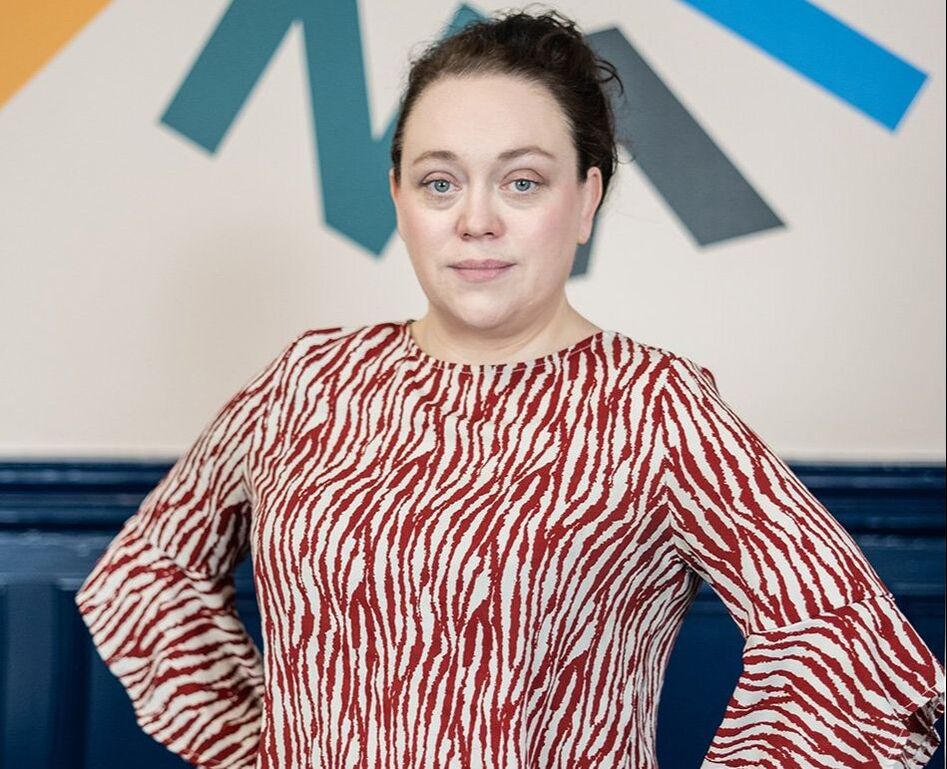
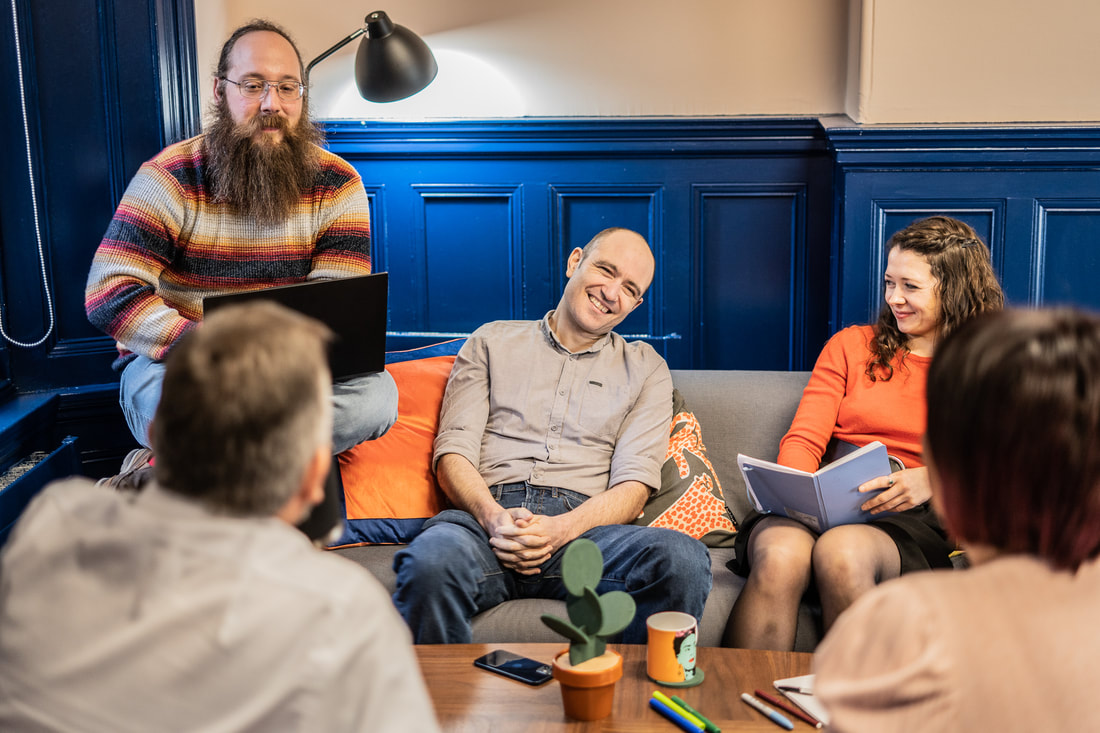
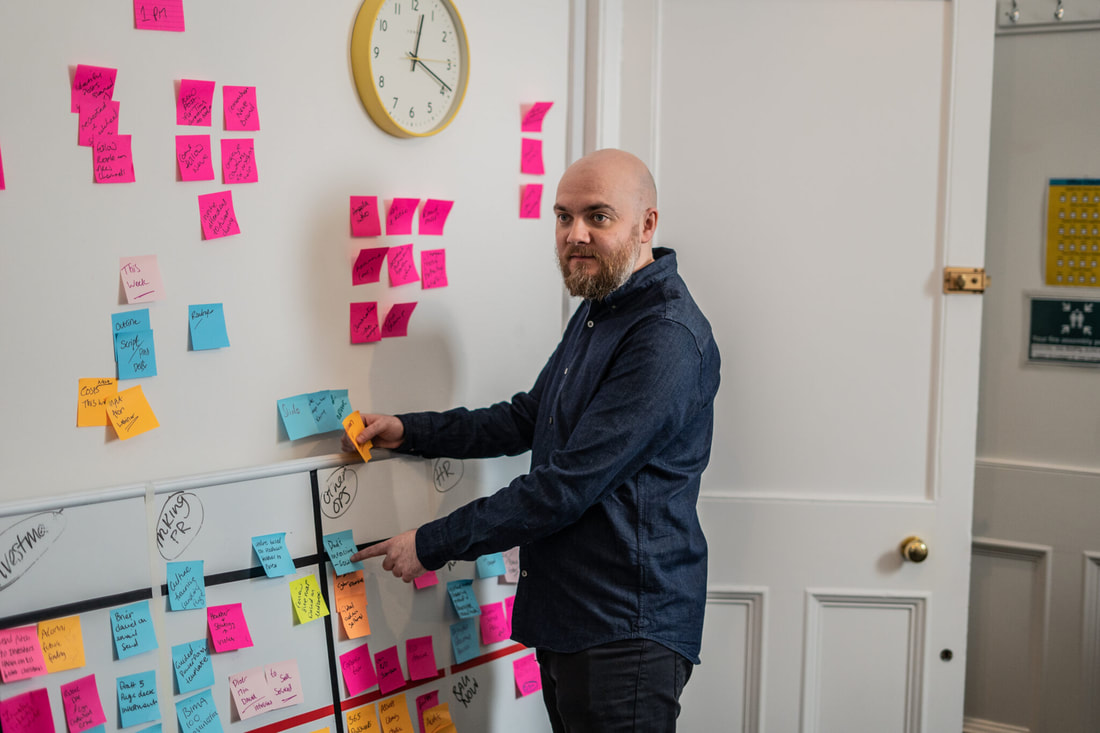

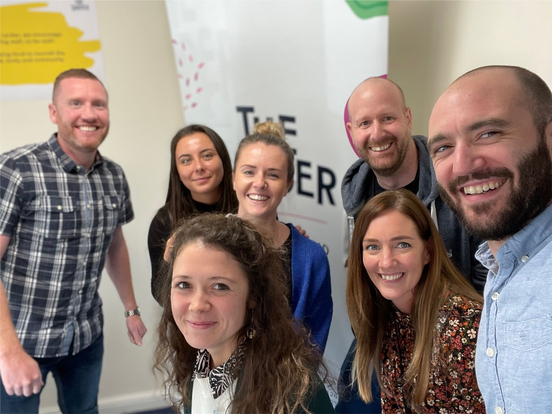
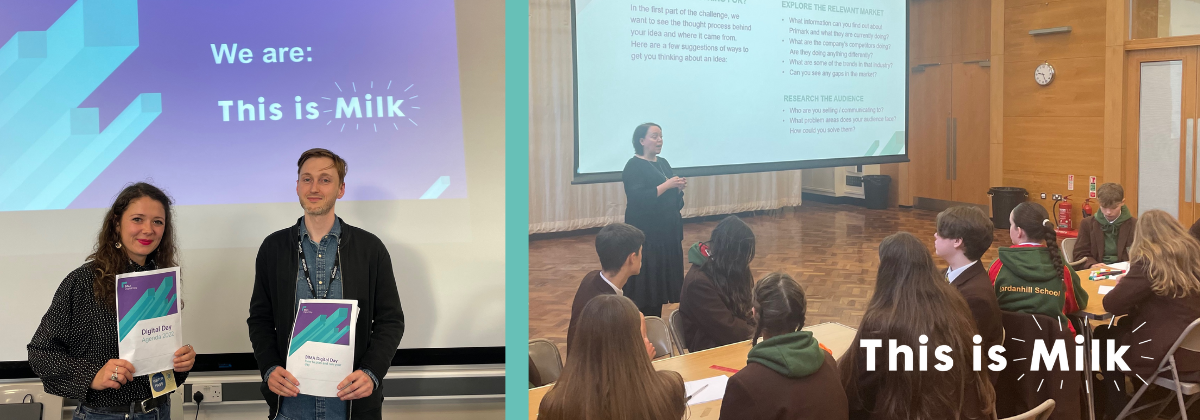
 RSS Feed
RSS Feed